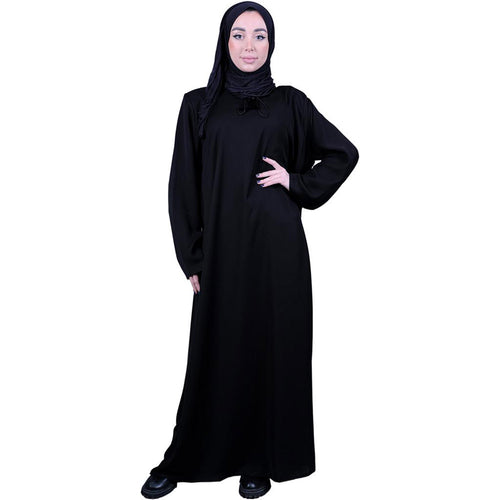In the rich tapestry of Islamic culture, clothing holds a significant place, reflecting the religious values, modesty, and spirituality that are central to the lives of millions of Muslim women. Among the various garments, the Islamic women's prayer dress stands out as a symbol of devotion, modesty, and deep reverence. This article delves into the significance and beauty of the Islamic women's prayer dress, exploring its history, cultural diversity, and contemporary interpretations.
Historical Roots of the Prayer Dress
The practice of covering oneself during prayer is deeply rooted in Islamic tradition. Modesty and humility are essential elements of the faith, and this extends to the way women dress for prayer. The concept of a separate garment for prayer, known as the "prayer dress" or "prayer garment," can be traced back to the early Islamic period. Over the centuries, this practice has evolved, influenced by regional customs, culture, and traditions.
Modesty and Spirituality
The Islamic women's prayer dress embodies the principles of modesty and spirituality that are at the heart of Islamic faith. When a woman wears a prayer dress, she covers her body, except for her face and hands, in accordance with the Quranic verse that encourages modesty in attire. This covering serves as a reminder of the sacredness of the act of prayer, emphasizing the direct connection between the worshiper and the Divine.
Cultural Diversity
One of the fascinating aspects of the Islamic women's prayer dress is its diversity across various cultures and regions. From the abaya in the Arabian Peninsula to the chador in Iran and the salwar kameez in South Asia, the design and style of prayer dresses vary significantly. These variations reflect local customs, climate, and personal preferences. However, the underlying principles of modesty and reverence remain constant.
The Abaya: A Closer Look
The abaya is perhaps one of the most iconic prayer dresses in the Islamic world. Originating from the Arabian Peninsula, it is a long, loose-fitting cloak that is worn over regular clothing. The abaya is typically black, but it can come in various colors and designs. Its simplicity and elegance make it a popular choice among Muslim women for prayer. The abaya represents not only modesty but also a sense of cultural identity.

In Iran, the chador holds a special place as the traditional prayer dress for women. The chador is a full-length cloak that covers the entire body, leaving only the face exposed. It is often worn with a headscarf. The chador is not just a religious garment; it is also a symbol of Iranian identity and resistance. Iranian women proudly embrace the chador as a representation of their faith and culture.
Adaptation to Contemporary Lifestyles
In today's fast-paced world, Muslim women have adapted their prayer dress to suit their modern lifestyles. While traditional prayer dresses are still widely used, many women opt for more practical and convenient options. Some wear long, loose-fitting tunics or dresses, paired with headscarves, as their prayer dress. These modern adaptations allow women to seamlessly transition from their daily activities to prayer without the need for an additional garment.
Contemporary fashion designers have recognized the demand for stylish and comfortable prayer dresses. As a result, the market for prayer dresses has expanded, offering a wide range of designs, fabrics, and colors. These modern prayer dresses blend functionality with aesthetics, allowing women to express their personal style while adhering to Islamic guidelines.
The Role of Colors
While black is a traditional and popular color for Islamic prayer dresses, it is not the only option. Many women choose prayer dresses in a variety of colors, each holding its own symbolism. White, for instance, is often associated with purity and simplicity, while earthy tones represent a connection to nature and humility. The choice of color can be a deeply personal decision, reflecting one's individual interpretation of the religious and spiritual significance of prayer.
The Islamic women's prayer dress, with its rich history, cultural diversity, and adaptability to contemporary lifestyles, is a powerful symbol of devotion and reverence for Muslim women around the world. It not only upholds the principles of modesty and spirituality but also provides a canvas for self-expression and cultural identity. As the world continues to evolve, so too will the interpretations and styles of the prayer dress, ensuring that it remains a cherished and meaningful aspect of Islamic culture for generations to come.

